The new Ford Kuga, which came to us about a year ago, couldn't be more different from its predecessor: it gained a more dynamic look, closer to the desired crossovers and bet on vast electrification, which is “offered” in three “flavors ” distinct: 48 V Mild-hybrid, Plug-in Hybrid (PHEV) and Hybrid (FHEV).
And it was precisely in this latest version — Hybrid (FHEV) — that I tested the new Kuga, which “carries” Ford's most electrified model title ever, yet another step towards a range of exclusively electric passenger vehicles from 2030 in Europe.
In territory dominated by Toyota — with the RAV4 and with the C-HR — and which has recently gained a major new player, the Hyundai Tucson Hybrid, does this Ford Kuga FHEV have what it takes to thrive? Is it a choice to consider? That's precisely what I'm going to tell you in the next few lines...
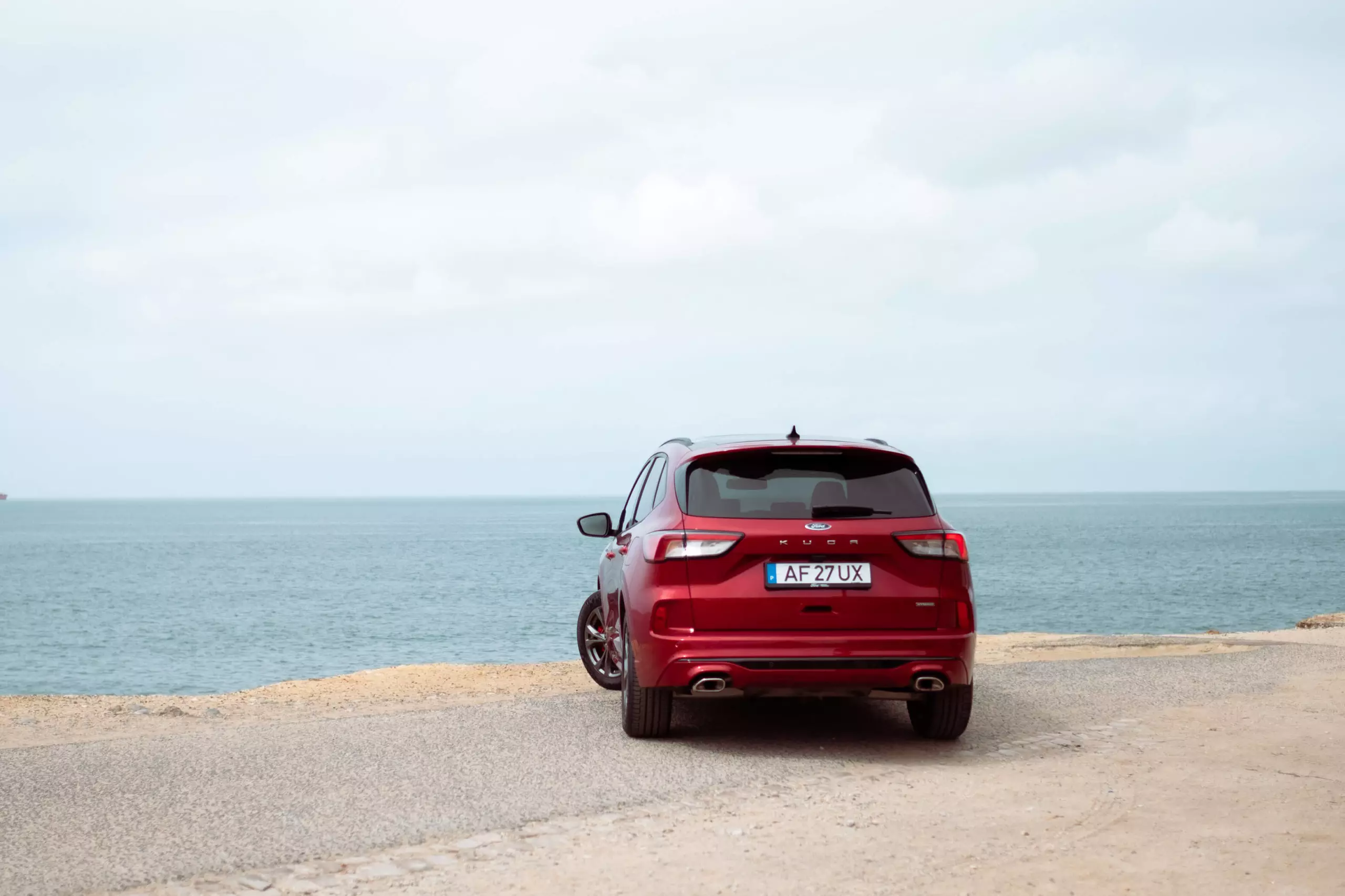
On the outside, were it not for the Hybrid logo and the absence of the loading door, it would be difficult to distinguish this version from the others. However, the unit I tested was equipped with the ST-Line X level (above just the Vignale) which gives it a slightly sportier image.
The "blame" is on the ST-Line bumpers in the same color as the bodywork, the 18" alloy wheels, the tinted windows, the rear spoiler and of course, the various details in black, namely the front grille and the bars of roof.
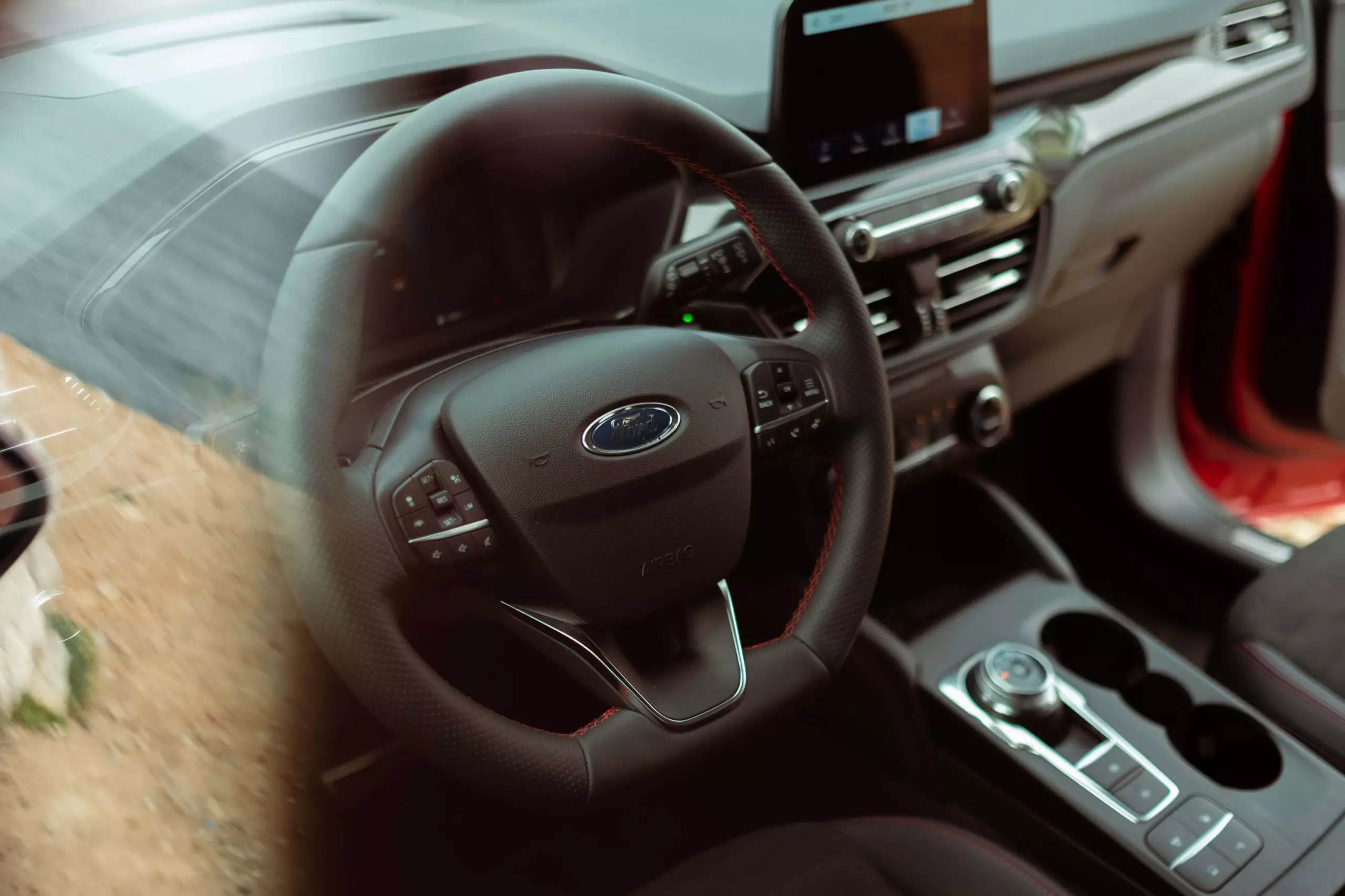
Inside, many similarities with the Focus, model with which it shares the C2 platform. However, this ST-Line X version has Alcantara finishes with contrasting stitching, a detail that gives this Kuga a sportier character.
Space is not lacking
The adoption of the C2 platform allowed the Kuga to lose approximately 90 kg and increase torsional stiffness by 10% compared to the previous generation. And that's even though it has grown 89 mm in length and 44 mm in width. The wheelbase grew 20 mm.
As might be expected, this general growth in dimensions had a very positive impact on the space available in the cabin, especially in the rear seats, where there was an additional 20 mm at shoulder level and 36 mm at hip level.
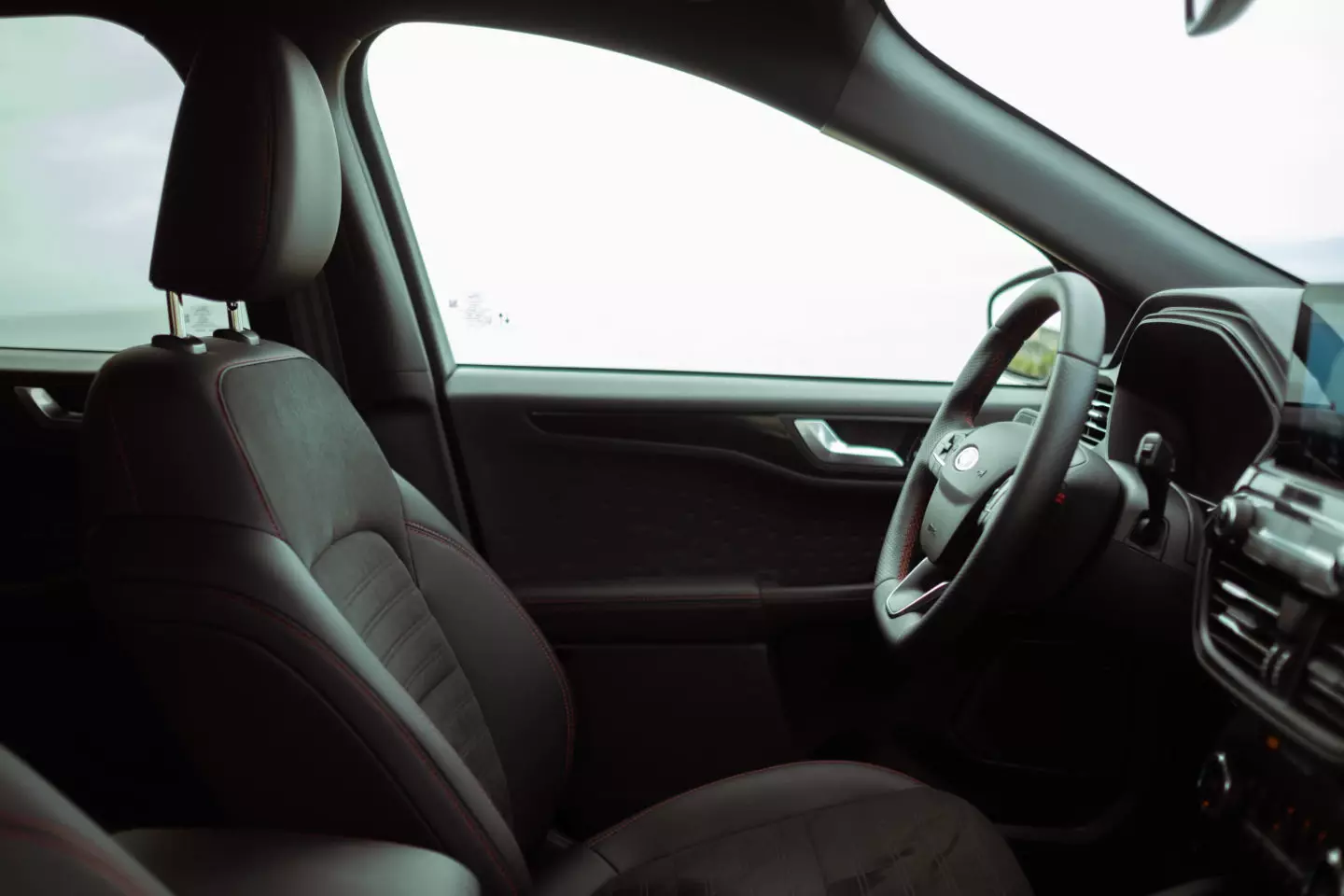
Front seats are comfortable but could offer more lateral support.
In addition to this, and even though this generation is 20 mm shorter than the previous one, Ford managed to “arrange” more 13 mm of headroom in the front seats and 35 mm more in the rear seats.
It's FHEV and not PHEV...
This Ford Kuga combines a 152 hp 2.5 hp atmospheric four-cylinder gasoline engine with a 125 hp electric motor/generator, but has no externally rechargeable battery, so it is not a plug-in hybrid, or PHEV (Plug). -in Hybrid Electric Vehicle). It is, yes, a FHEV (Full Hybrid Electric Vehicle).
In this FHEV system, the battery is recharged by recovering energy during braking and deceleration, as well as from the gasoline engine, which can act as a generator.
The transmission of power from the two engines to the wheels is in charge of a continuous variation box (CVT) whose operation positively surprised me. But there we go.
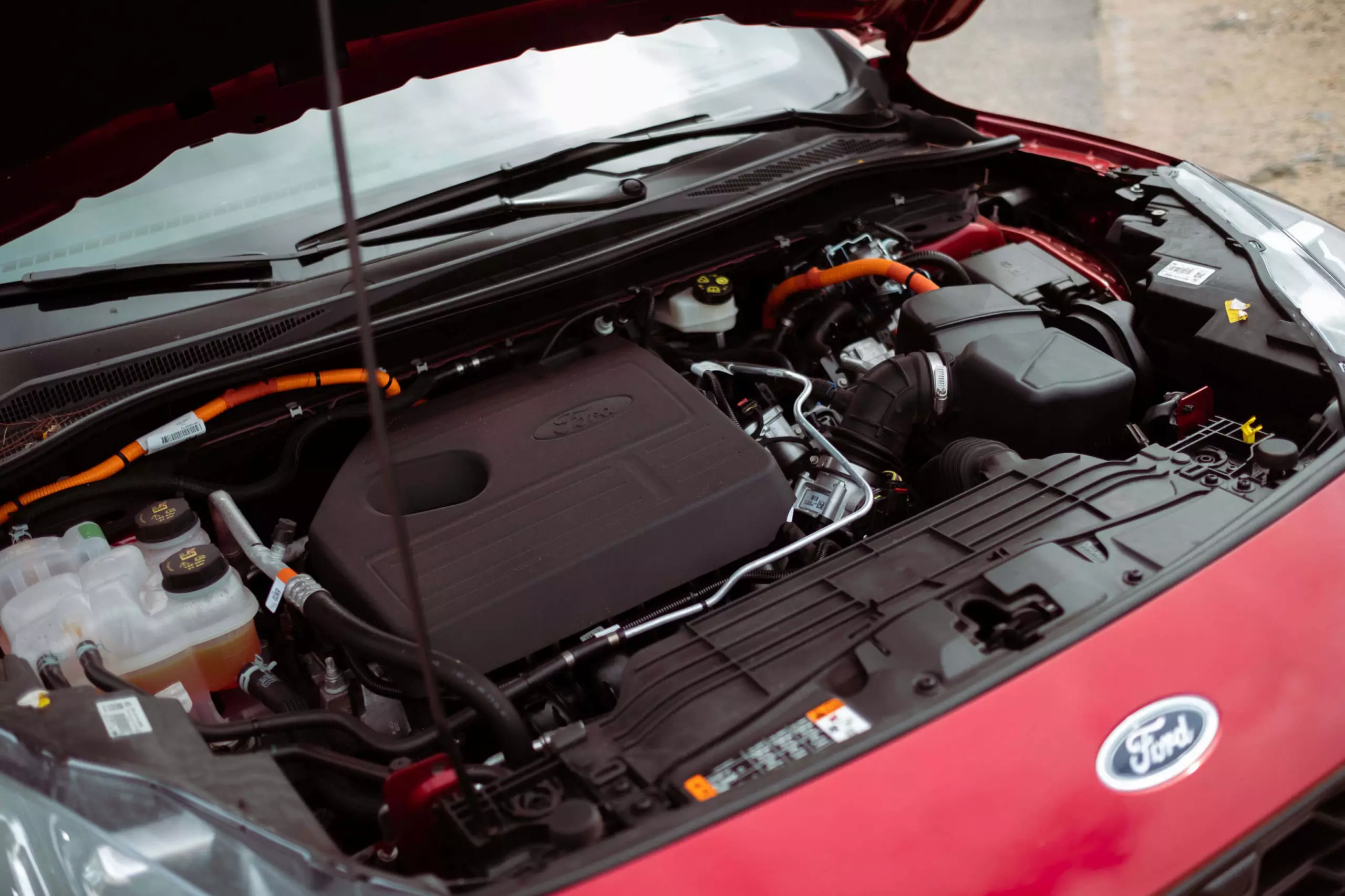
Having shown that this Kuga FHEV's hybrid system is (and the necessary distinctions made for the PHEV systems), it is important to say that this may very well be the best solution for those looking for a hybrid, but who do not have the possibility of charging it (in an outlet or charger ).
It's fueling and walking…
One of the great advantages of this type of solution is the fact that it is only necessary to “fuel and walk”. It is up to the system to manage the two engines, in order to always take the best advantage of each one's strengths.
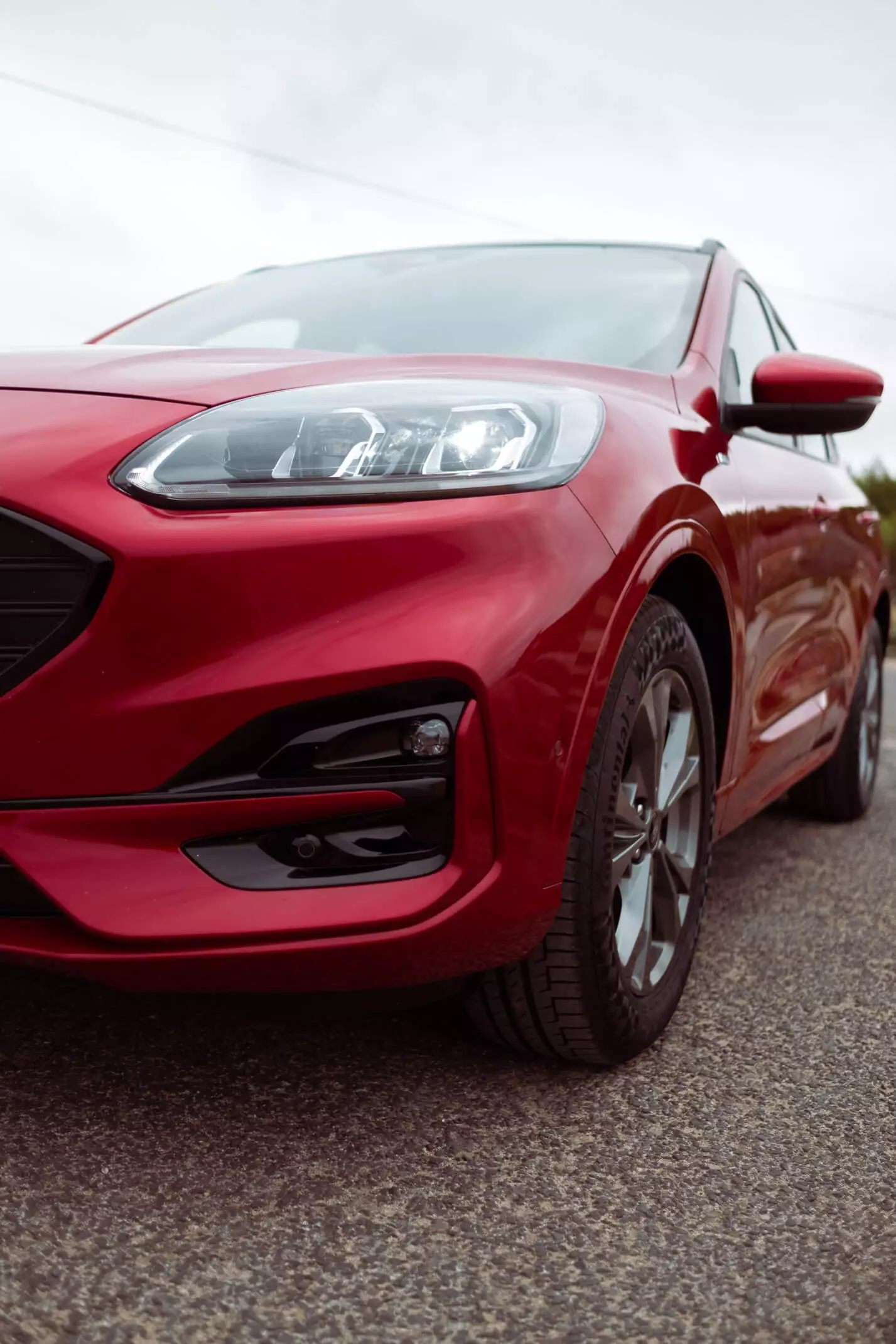
In cities, the electric motor will naturally be called upon to intervene more often, because that is where it is most efficient. On the other hand, on highways and under strong accelerations, it will be up to the heat engine to bear the expenses most of the time.
The start is always done in electric mode and the use is always guided by smoothness, something that not all hybrids can “brag about”. However, the control that the driver has over the use of one or the other engine is very limited and it comes down almost only to the choice between the driving modes (Normal, Eco, Sport and Snow/Sand).
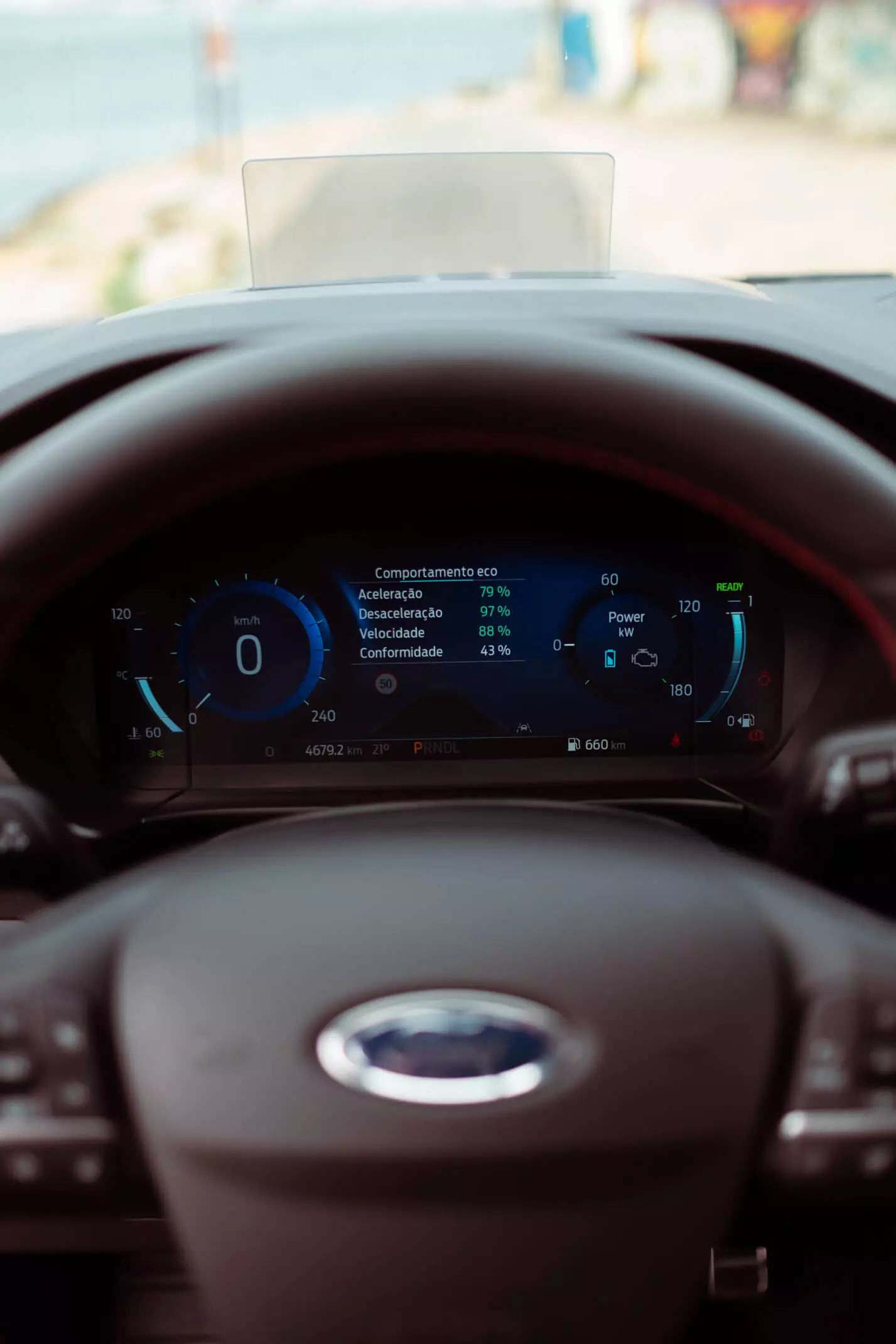
The transition between both engines is noticeable, but it is very well managed by the system. Highlight for the “L” button in the center of the transmission's rotary command, which allows us to increase/decrease the intensity of regeneration, which despite everything is never strong enough to allow us to drive with just the accelerator pedal.
As for the brakes, and as with many hybrids, they have a long course that we can, in a way, divide into two: the first part seems to be in charge only of the regenerative (electric) braking system, while the second makes the hydraulic brakes.
Unlike the CVT box, which stands out for its assertiveness and refined work, due to this electrical/hydraulic transition in the braking system, our action on the brake pedal is not easy to judge, which requires some getting used to.
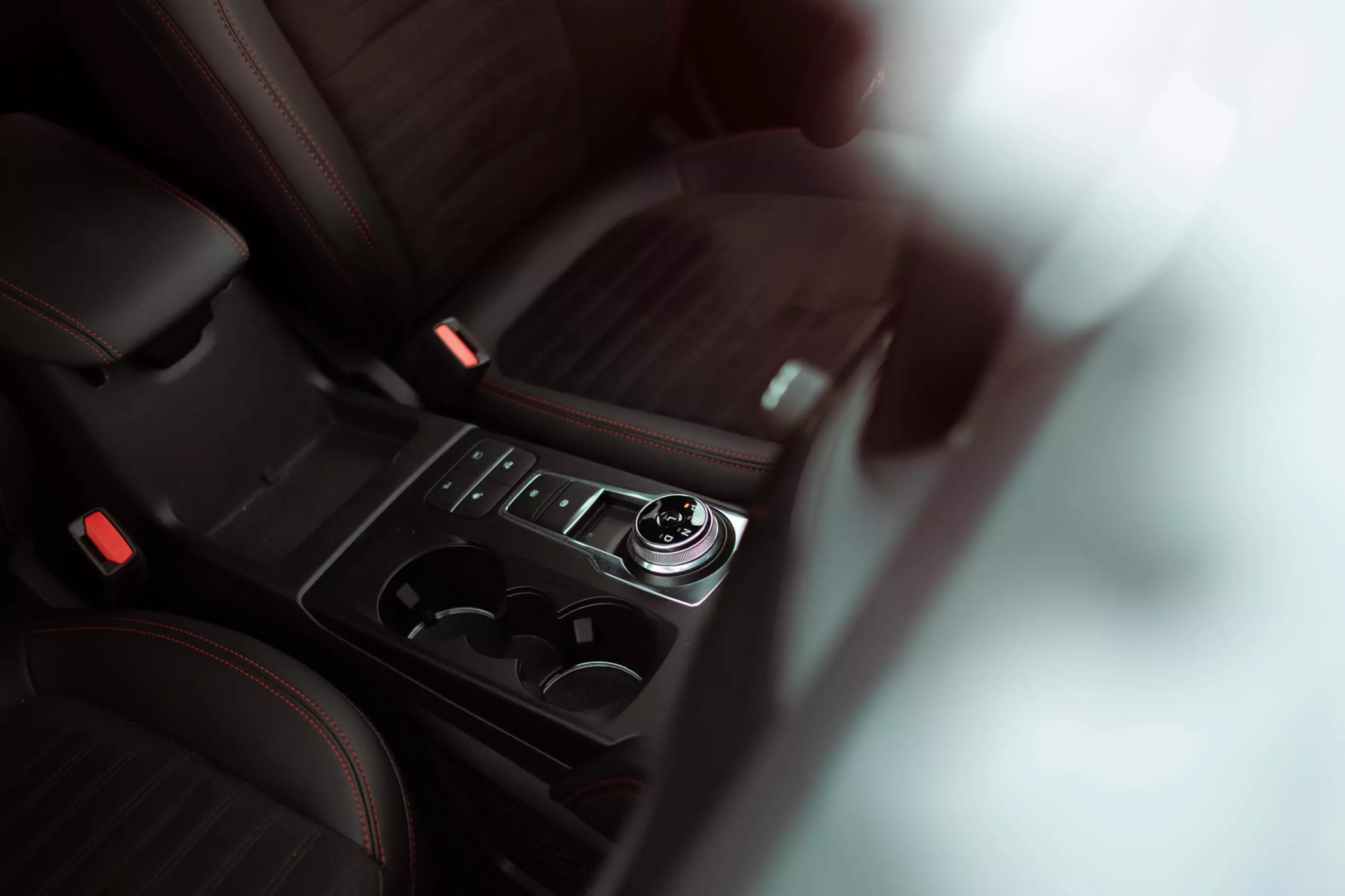
What about consumptions?
But it is in the consumption chapter — and in turn on usage costs — that this proposal can make the most sense. In cities, and without major concerns at this level, I managed to walk with some ease below 6 l/100 km.
On the highway, where I thought the system was going to be slightly more “greedy”, I was always able to travel around 6.5 l/100 km.
After all, when I delivered the Kuga FHEV to Ford's premises, the instrument panel told me that 29% of the distance I had covered had been done only with the electric motor or freewheeling. A very interesting record for an SUV weighing 1701 kg.
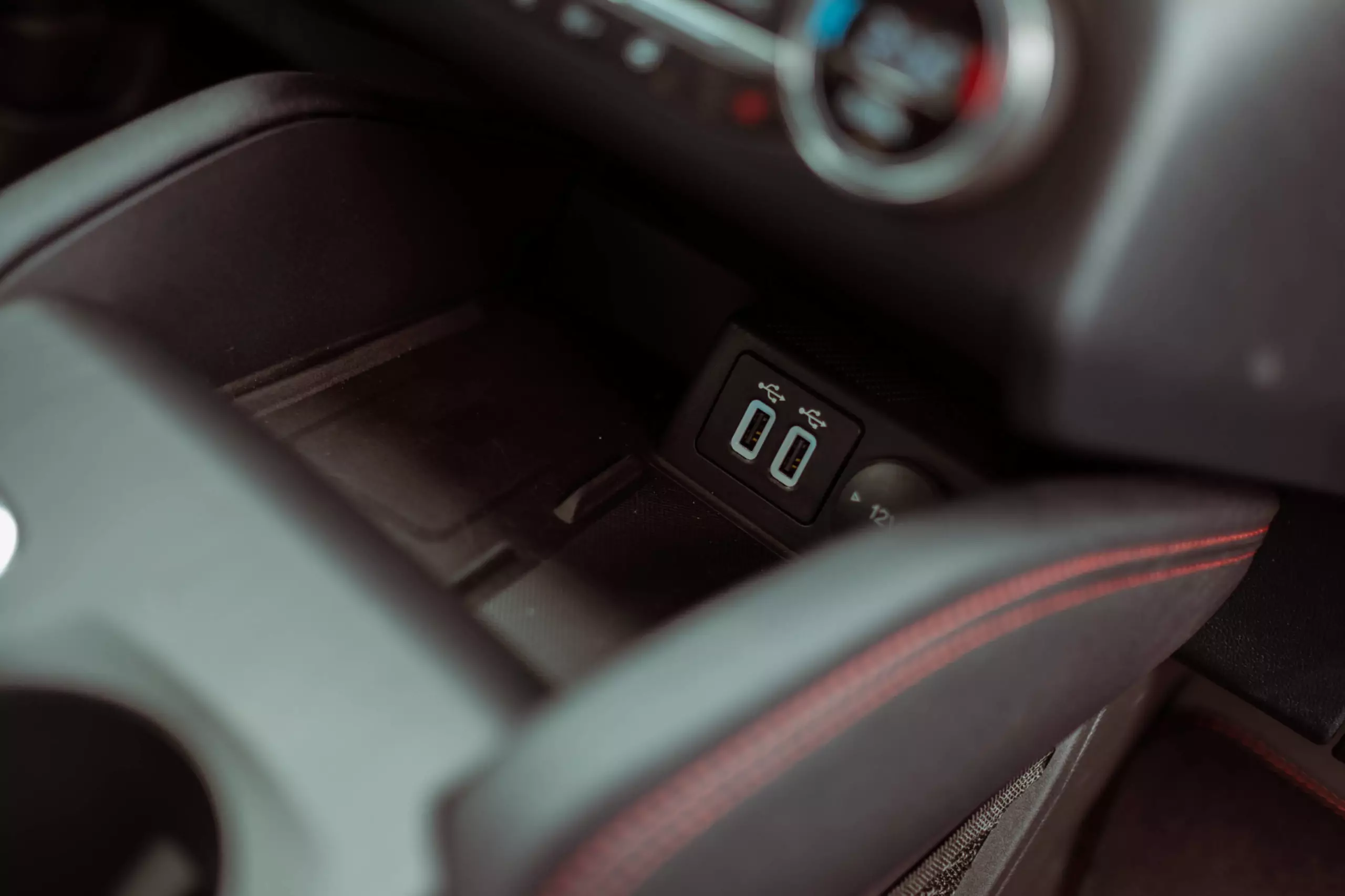
How do you behave on the road?
It is always debatable whether we should demand that an SUV be a dynamic proposal, after all, that was not what it was designed for (although there are more and more sporting and… powerful proposals). But with this being a Ford and having a combined power of 190 hp, I also wanted to see what this Kuga had to offer as we climbed up the gear.
And the truth is that I “caught” a good surprise. Admittedly, it's not as fun to drive or as agile as the Focus (it couldn't be…), but it always reveals a good composure, a very organic behavior when cornering and (the part that surprised me the most) “speaks” very well to us . Remember that the ST-Line X version has a sports suspension as standard.
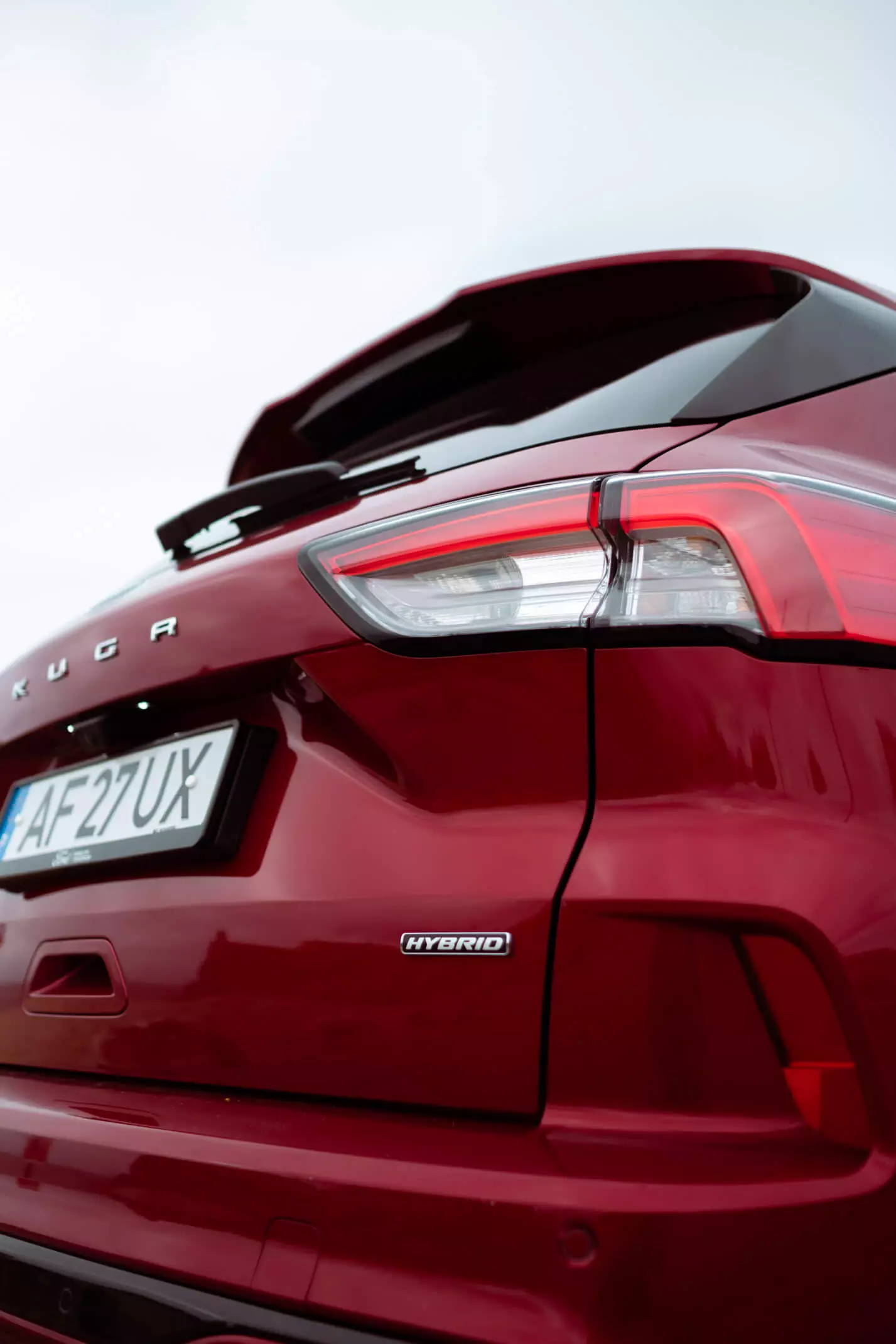
By this I mean that the steering conveys very well to us everything that is happening on the front axle and this is something that does not always happen in SUVs of this size, which often “give us” with an almost anonymous steering.
But despite the good indications, the high weight and mass transfers are notorious, especially in the strongest brakes. Not to mention the fact that the ESC takes action assertively and almost always too soon.
Is it the right car for you?
The Ford Kuga FHEV was a nice surprise, I have to confess. It is true that we are not betting on anything innovative or unprecedented, we are “tired” of knowing and testing hybrid systems similar to this one in brands such as Toyota, or more recently, Hyundai or Renault — Honda's hybrid system works differently, but it manages to similar results.
But still, Ford's approach was very well done and that translated into a product that, in my opinion, has a lot of value.
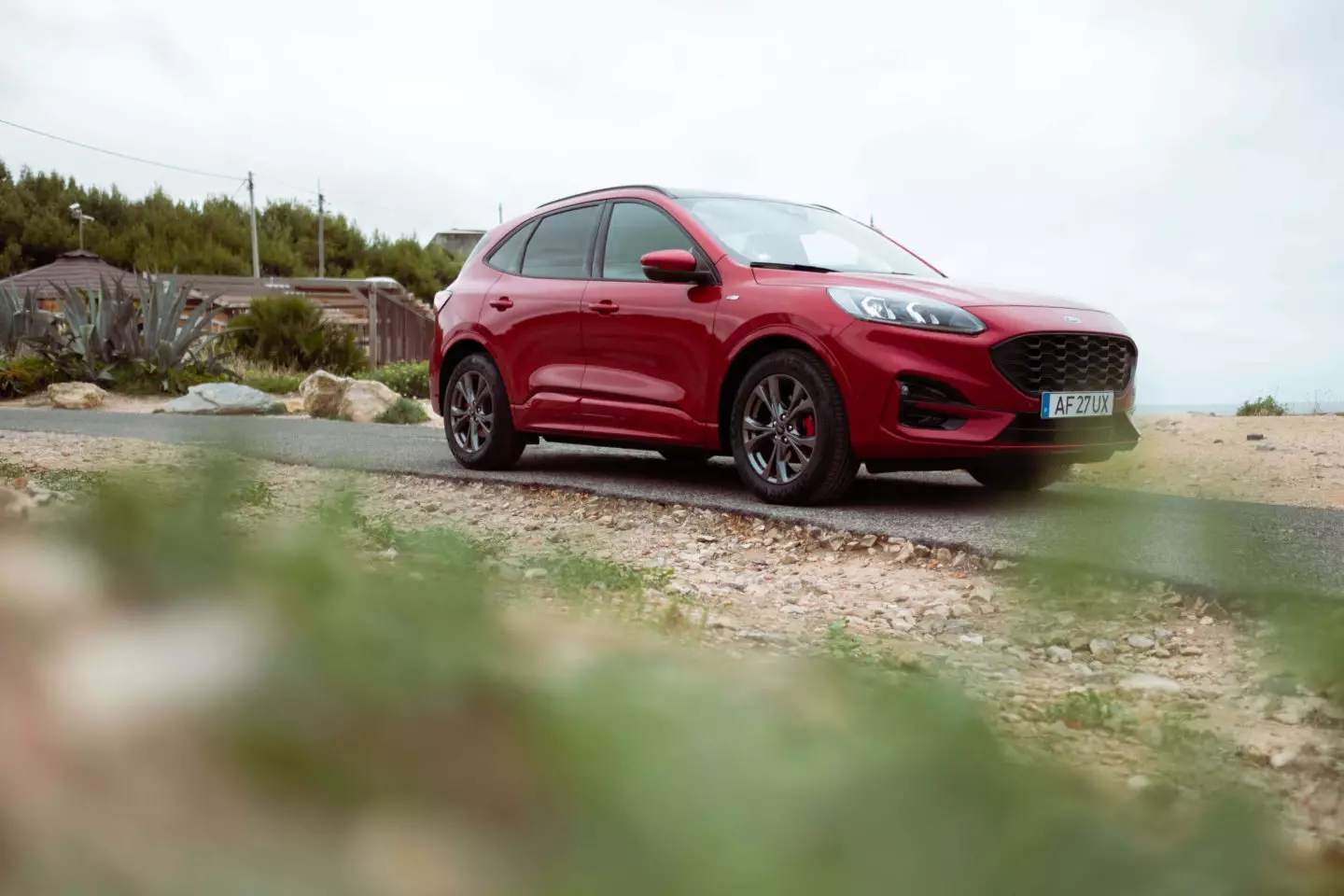
Ideal for customers who want to join the electrification and do not have a place to charge the batteries at home or at work or who do not have the availability (or desire…) to be dependent on the public network, the Kuga FHEV “worth” above all for the low consumptions.
To this we must also add the generous space it offers, the wide range of equipment (especially at this ST-Line X level) and the sensations behind the wheel, which are frankly positive.
